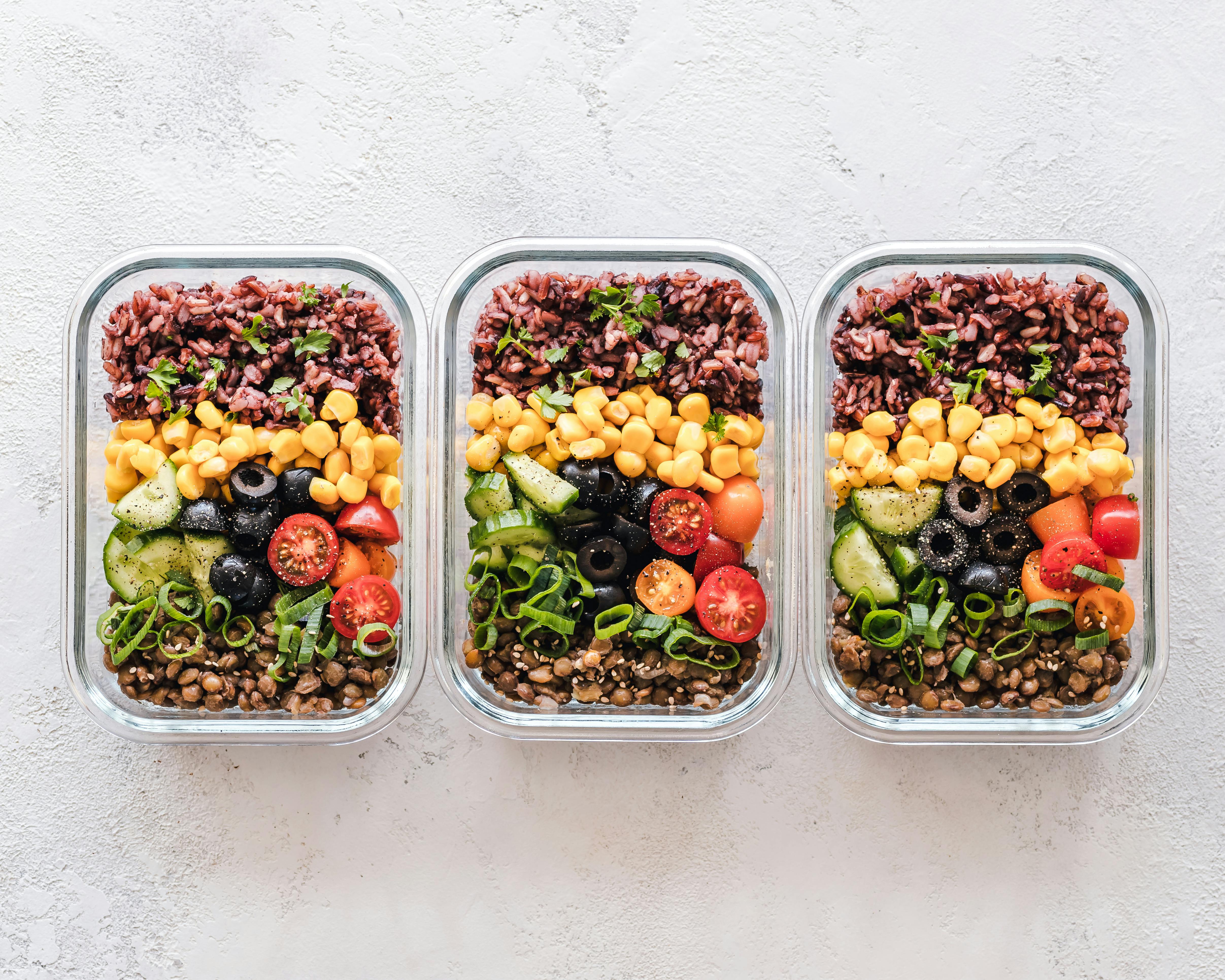Stainless Steel Countertops – A key member of the kitchen team…
It’s hard to imagine a kitchen in the foodservice industry without picturing boisterous employees, succulent aromas, blazing flames, and the occasional but very boisterous swear word. Yet amongst the chaos, there is one team member who shines above the rest with dignified calm. No, not the master chef, actually he’s usually the loudest, but the stainless steel counter he’s chopping on. Stainless steel has become an industry standard in the last half century, so a discussion of its benefits may be almost redundant, but it’s more nuanced than you might expect. So whether you’re a laborer at McDonald’s or an Iron Chef, now is the time to shine at your metal trivia. However, don’t be surprised if that racy waitress doesn’t understand the “irony” of her bullshit steely jokes.
There are many reasons why stainless steel countertops are the perfect solution…
To satisfy those pub quizzes, let’s dive right into the science itself: Chromium protects this metal by oxidizing its surface, molding itself into a tough layer of chromium oxide. This layer is also not a surface coating; the metal contains at least 11% chromium, which oxidizes again on the surface after a scratch. Standard stainless steel, grade 304, also contains a hint of nickel. US nickels (and UK 5p coins) are a quarter nickel, and since stainless steel is made from about 60% recycled metal, your sink could literally be made of money . But don’t get too excited about the prospect of trying to find that coin. Unless you’re armed with copious amounts of hydrochloric acid (in which case you should probably reconsider food service), you’ll find stainless steel to be a tough nut to crack. It won’t dent easily, even when sous-chefs get bored and decide to work their way through the night shift. When the chaos has finally settled, cleanup is a doddle. Stainless steel countertops typically don’t require anything stronger than soapy water, although stainless steel is inert to hospital-grade disinfectants, which come in handy for sterilizing those crispy shrimp lurking behind the fryer.
However, if you use a highly chlorinated soap in your sink, you may want to consider grade 316 steel, which has higher chemical resistance due to the addition of molybdenum. Don’t worry about the molybdenum pronunciation when shopping for a new stainless steel sink, by the way, because designers also refer to 316 as “marine grade,” which is often used for lab sinks, to make life easier for those dumb chefs.
One of the greatest assets of this metal is its flexibility. This may sound like a paradox, coming from a metal famous for its rigidity. In this case, however, we’re not talking about the steel’s willingness to give in to the crushing blow of a tender steak, but rather its customizable nature. Steel can be made in almost any shape imaginable, to maximize available space and reduce waste during the manufacturing process. So whether you need to fricassee an octopus in your sink or just want a countertop shaped like a stegosaurus (we’ve all thought of that), stainless steel is the solution. Off-site custom stainless steel fabrication also minimizes waste and reduces on-site installation time. Assuming you took your measurements accurately in the first place, your sink should snap into place. All that remains to be done is to connect the pipes and prepare for the fricassee at will.
Stainless steel countertops have the lowest environmental impact…
Due to its 100% recyclability, steel doesn’t have to try too hard to score top marks in the environmental department. So when the excitement for the Stegosaurus countertop finally wears off, you can turn it into a T-Rex. Not content with being completely reusable, however, steel’s green credentials are bolstered by its sustained lifespan: steel is impervious to nearly every hazard known to man, including the dreaded zombie apocalypse. When the undead finally decide to walk the earth, barricade yourself in the kitchen of the nearest restaurant and you’ll be safe. Besides having a pantry full of food to sustain you, just think of all those knives with which you can fight off the carnivorous hordes when they come looking for scraps. Even if the ungrateful dead manage to get past the crude barricade you’ve erected and all hell breaks loose in the kitchen, at least the steel countertops shouldn’t get scratched. Of course, that can be little comfort in the heat of the moment, when your teammates are turning into zombies in less time than it takes to yell ‘Take off your moly tops!’ Later, however, when you’ve beaten the zombies and are tasked with rebuilding civilization, you’ll be thankful that your precious countertops are still intact. It’s the little things that get you through the day sometimes.
Composite countertops simply aren’t made to handle the sustained abuse that invading hordes—or even overzealous chefs—can inflict on them. Did you just grab a hot pan that is quickly burning your hands through the dish towel you rolled out instead of oven mitts? Smack the pan on the counter and give your burnt fingers a break—the trusty steel counter won’t give a jolt. Try that with a composite countertop and you’ll end up with a crater the size of a soufflé, since even the most advanced plastic material (like Du Pont’s Corian) isn’t completely heat resistant. In fact, the Du Pont website states that hot pans should not be placed directly on it. Herein lies the real reason why the best chefs trust stainless steel countertops: they can handle the searing pans in the most hellish kitchens. So, is your kitchen meant for warm tofu or searing steaks? With stainless steel, you can cook what you want, how you want, and make as much mess as you want in the process. Ditch those hot griddles to grill wherever you want; smear fat and gristle on each surface. Dinner comes first, cleaning up later. With nothing more troublesome than cleaning stainless steel, that shouldn’t take very long.



